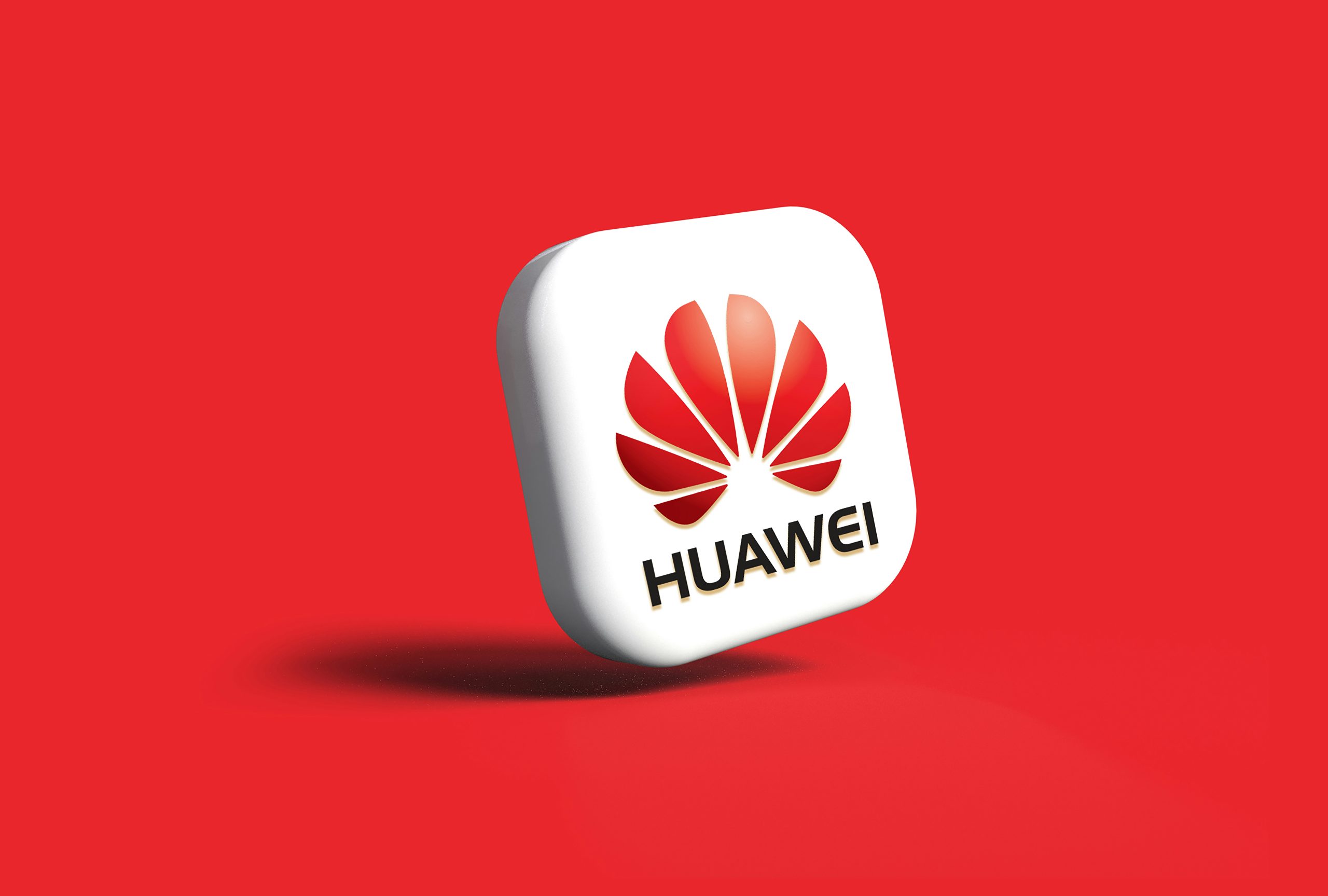Huawei has thrown down the gauntlet in the AI hardware race with the introduction of the CloudMatrix 384 Supernode — a cutting-edge computing system that may outpace Nvidia’s top-tier offerings.
CloudMatrix 384: A New Benchmark in AI Computing
Launched to address the growing demands of large-scale AI models, Huawei’s CloudMatrix 384 Supernode reportedly delivers a staggering 300 petaflops of computing power. This performance surpasses Nvidia’s NVL72 system, which clocks in at 180 petaflops, according to sources cited in the South China Morning Post.
First introduced in September 2024, the CloudMatrix platform was built to reduce AI training bottlenecks and meet surging domestic demand. The latest 384 Supernode variant represents Huawei’s most advanced iteration of AI infrastructure, processing up to 1,920 tokens per second — rivaling the performance of Nvidia’s H100 chips while utilizing entirely Chinese-made components.
Overcoming Sanctions: A Technical Triumph
Perhaps the most remarkable aspect of Huawei’s innovation is that it was achieved under intense technological restrictions. Since its addition to the U.S. Entity List, Huawei has had limited access to American semiconductors and design tools. Despite these hurdles, the tech giant has developed alternatives through domestic supply chains and partnerships.
A key breakthrough lies in Huawei’s alternative to Nvidia’s NVLink — a high-speed interconnect that enables multiple GPUs to function as one. Huawei’s version powers the CloudMatrix 384’s ability to tackle trillion-parameter models with unmatched efficiency.
Supernodes: The Backbone of Advanced AI
Supernodes differ from standard architectures by offering enhanced resources such as beefed-up CPUs, NPUs, memory, and bandwidth. These systems operate as powerful relay nodes, accelerating the training and inference of massive AI models.
Huawei is reportedly working with Chinese AI infrastructure startup SiliconFlow to deploy these Supernodes in support of DeepSeek-R1, a high-performance reasoning model developed by Hangzhou-based DeepSeek.
China’s AI Infrastructure Push Goes Beyond Huawei
Huawei’s move is part of a larger trend in China, as the country ramps up efforts to build a self-sufficient AI ecosystem. Earlier this year, Alibaba pledged a massive 52.4 billion USD investment into domestic AI infrastructure — the largest of its kind by a private Chinese enterprise.
These developments reflect a strategic effort to reduce dependence on U.S. technologies and increase national capabilities in critical tech sectors. For instance, the Machines Can See 2025 event will showcase how global leaders are responding to such shifts with their own AI innovations.
Shifting Power in the Global AI Landscape
If Huawei’s claims on performance and efficiency are validated, the CloudMatrix 384 Supernode could mark a turning point in global AI hardware competition. It would signify a major step toward computing independence for China and highlight the resilience of its tech sector under international pressure.
As the arms race in AI accelerates, Huawei’s bold entry into ultra-high-performance AI computing may force industry leaders to rethink their strategies — and possibly even spark a new era of innovation driven by competition and geopolitical necessity.







